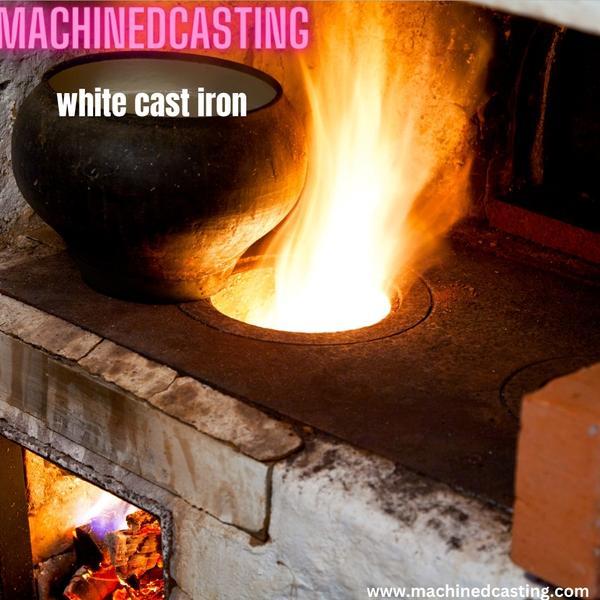White cast iron stands as a formidable and versatile material in the realm of metallurgy. Recognized for its exceptional hardness, durability, and heat resistance, this alloy has found applications across various industries, from manufacturing to construction. Understanding its composition, properties, and applications is key to appreciating its significance.
Composition: White cast iron is primarily composed of iron and carbon, with additional alloying elements such as silicon and manganese. Unlike its gray counterpart, white cast iron has a higher carbon content (2.5% to 4%) which forms cementite, a hard and brittle phase within its microstructure. The absence of graphite in its composition is what distinguishes it from gray cast iron.
Properties:
- Hardness: White cast iron is renowned for its exceptional hardness, making it suitable for applications requiring resistance to wear and abrasion. Its hardness is a result of the presence of carbides within its structure.
- Brittle nature: Despite its hardness, white cast iron is brittle, lacking ductility and impact resistance compared to other forms of iron. This characteristic limits its use in applications requiring high toughness.
- Heat resistance: Its ability to withstand high temperatures without deforming or softening makes it ideal for components subjected to intense heat or thermal cycling.
Applications:
- Industrial machinery: White cast iron finds use in manufacturing heavy machinery components such as gears, rollers, and grinding balls due to its wear-resistant properties.
- Mining and drilling equipment: Its hardness makes it suitable for parts in mining and drilling machinery subjected to abrasive conditions.
- Automotive and railroad industries: White cast iron is employed in brake shoes, brake discs, and other components where wear resistance is crucial.
- Construction: In construction, it is utilized in making parts of crushing equipment and wear-resistant liners.
Processing and Challenges: Manufacturing white cast iron involves careful control of the cooling rate during solidification to inhibit the formation of graphite. However, challenges arise due to its brittleness, making machining and shaping processes more complex compared to other cast iron types.
Maintenance: Regular inspection and maintenance are essential to ensure the continued performance of white cast iron components. Monitoring wear and addressing any signs of cracking or deterioration promptly can extend the lifespan of equipment and machinery.
In conclusion, white cast iron's unique properties make it an invaluable material in various industries. Despite its brittleness, its exceptional hardness and heat resistance render it indispensable in applications demanding durability and wear resistance, shaping modern industries and infrastructure worldwide. Understanding its composition and properties allows for informed and effective utilization across diverse fields.


